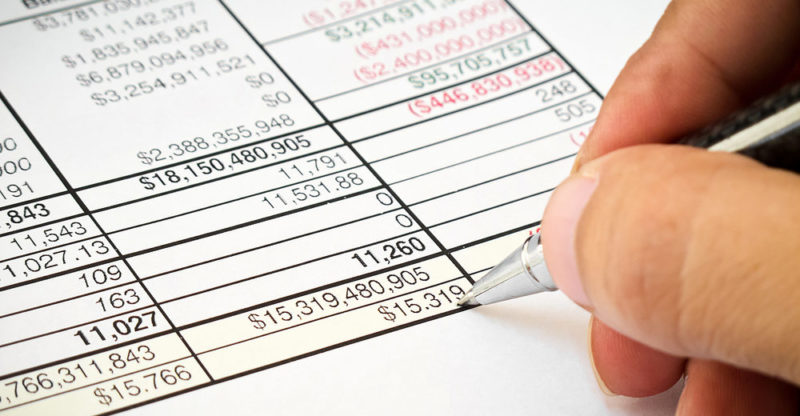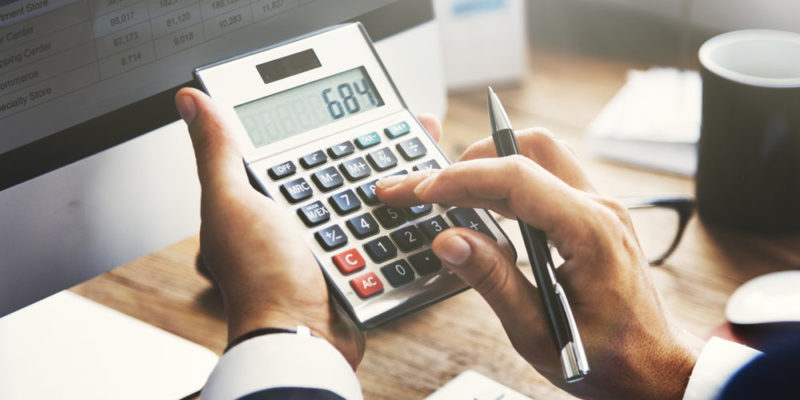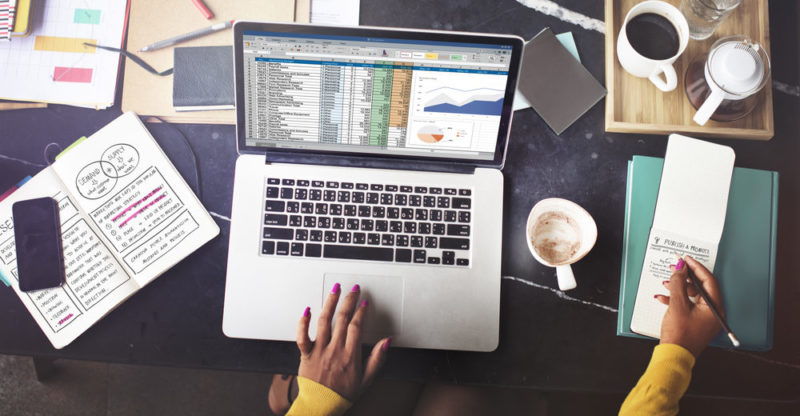We explain what a balance sheet is, the types that exist and what its elements are. In addition, its characteristics, elements and examples.
What is a Balance Sheet?
A financial evaluation tool designed to reflect all the assets, liabilities, and total equity of a company or organization at a given time is called a balance sheet or statement of financial situation or equity situation . That is, it is a summary of what a company owns, owes or is owed.
These types of documents are of particular importance for the administration and management of companies , since the decision-making of the management is based first of all on the very moment of the organization: its priorities, its weaknesses, its most immediate objectives , etc. Hence, the fidelity of a balance sheet is key to its use.
These types of tools are usually prepared by accountants and administrators , taking into account for their presentation that the finances of the evaluated organization are a dynamic and changing aspect of it, so the information contained in the balance sheet is only reliable at one time. determined from your financial history.
Financial statements (annual accounts)
The balance sheet of a company is part of the annual accounts of a company , drawn up in each accounting year (which normally lasts one year).
Along with the balance sheet, there are other financial statements such as the company's report and account , the cash flow statement, the income statement and the statement of changes in equity, etc.
Balance Sheet Types
- Comparative. Compare the financial behavior of a company with previous periods of the same, thus tracing its financial history and determining its comparative performance.
- Consolidated. The balance that contemplates the totality of a financial group, that is, a holding company and its subsidiaries, considered for the purposes of the report as an economic unit.
- estimate. The one that is prepared with preliminary information, subject to correction and subsequent modification.
- Proform. The one that is prepared with future estimates of the financial situation, to foresee a problem or anticipate a situation that has not yet occurred.
Balance Sheet Items
A balance sheet is normally made up of:
- Assets. The set of assets and objects of the company that have value or that will add value in the future, such as money in accounts, properties, debts receivable, vehicles and machinery, land, raw materials , etc.
- Passives. The set of debts of the company, whether they are current liabilities (payable in a period of less than one year), bank obligations (bank credits and loans), accounts payable to suppliers (debts contracted for purchases on credit), taxes payable, benefits and severance pay, bonuses, salaries, rents, etc.
- Heritage. It is understood as the result of the total assets once the liabilities have been settled, that is: Equity = Assets – Liabilities.
Parts of the balance sheet
 An average balance sheet comprises the following parts:
An average balance sheet comprises the following parts:
- Header. This includes the company name, balance sheet type, and accounting period, as well as other information needed to provide context to recipients.
- Body. Here the assets, liabilities and equity are recorded, providing explicit and detailed information regarding each of the elements of the balance sheet.
- Foot. Here is a record of the name and signatures of the person who made the balance, the items and figures of the memorandum accounts, and the pertinent notes.
Forms of presentation of the balance sheet
A balance sheet can be presented in two ways:
- As a report. It is a single sheet balance sheet, in which the assets and liabilities of the company are entered in an orderly manner, so that they form columns that show the subtraction of liabilities from assets and show the total equity or capital.
- As account. It is done on two pages: all assets are recorded on the left and all liabilities and stockholders' equity are recorded on the right.
Balance Sheet Presentation Methods
A balance sheet can be organized internally based on two methods: increasing and decreasing liquidity . The first presents the assets with the greatest liquidity or availability first, and then the rest of the accounts. The second, on the other hand, presents the fixed assets first and then the realizable or current ones.
asset types
 A distinction is commonly made between current or circulating assets and non-current or non-current assets:
A distinction is commonly made between current or circulating assets and non-current or non-current assets:
- Current assets. Those in liquid or convertible into capital within the next 12 months.
- Non-current assets. Those not convertible into cash on an annual basis and that remain with a company for several accounting years.
types of liability
Similarly, a distinction is made between the payable liabilities (debts, documented or not, that the company has with third parties) , whether long or short term; and non-demandable liabilities (formed by the capital stock and the company's reserves).In addition, it is also often referred to as contingent liabilities. , that is, liabilities whose mandatory nature depends on the occurrence of certain future conditions.
accounting plans
 In some countries, such as Spain , the law organizes the accounting exercise and determines the way to, among other things, prepare a balance sheet , so that all companies use a similar methodology that allows universal understanding and handling of information . financial .
In some countries, such as Spain , the law organizes the accounting exercise and determines the way to, among other things, prepare a balance sheet , so that all companies use a similar methodology that allows universal understanding and handling of information . financial .
Balance Sheet Example
Company Hidrolux, CABalance sheet as of December 31, 2008
assets _
Current
Cash$5,000Banks$120,000
Debtors
Inventories$8,000Customers$4,000
Fixed
Machinery $400,000Total assets : $537,000
passive
Suppliers$70,000
Creditors$40,000
Salaries$30,000Total liabilities: $140,000
Total assets : $ 397,000
The above content published at Collaborative Research Group is for informational and educational purposes only and has been developed by referring reliable sources and recommendations from technology experts. We do not have any contact with official entities nor do we intend to replace the information that they emit.
Passionate about understanding and contributing to a world that does not stop changing. New forms of Work, Sustainability and Technology. For many years he has worked as a creative for large international companies. He has a Ph.D. in information technology and he has been doing quantitative research in the interdisciplinary areas of information systems, cyber security, data analytics and artificial intelligence. He continue to look for creative solutions through technology to help companies to be more humane and sustainable..
Leave a reply
Your email address will not be published. Required fields are marked *Recent post

Sport: What Is It, Types, Risks, Features, Characteristics and Examples

Dogs: Emergence, Features, Characteristics, Feeding and Breeds

Story: Definition, Elements, Structure, Features and Characteristics

